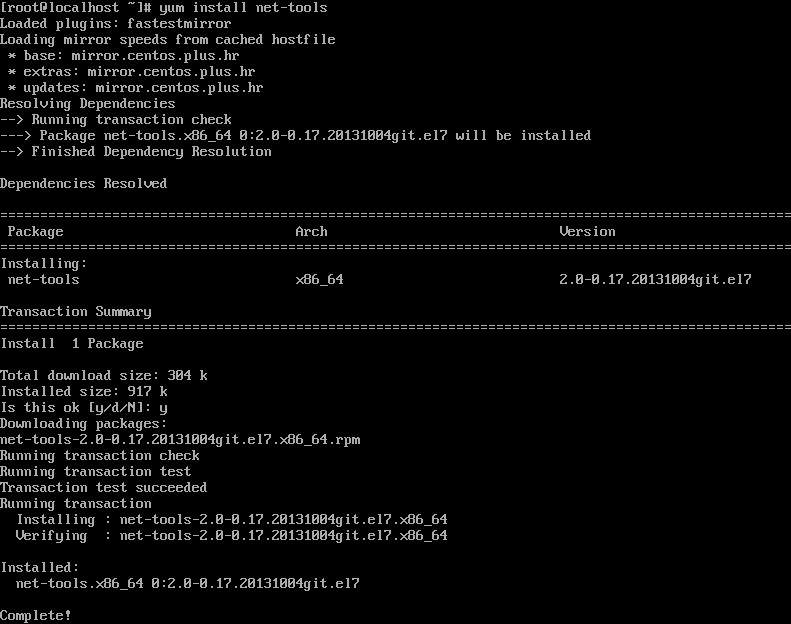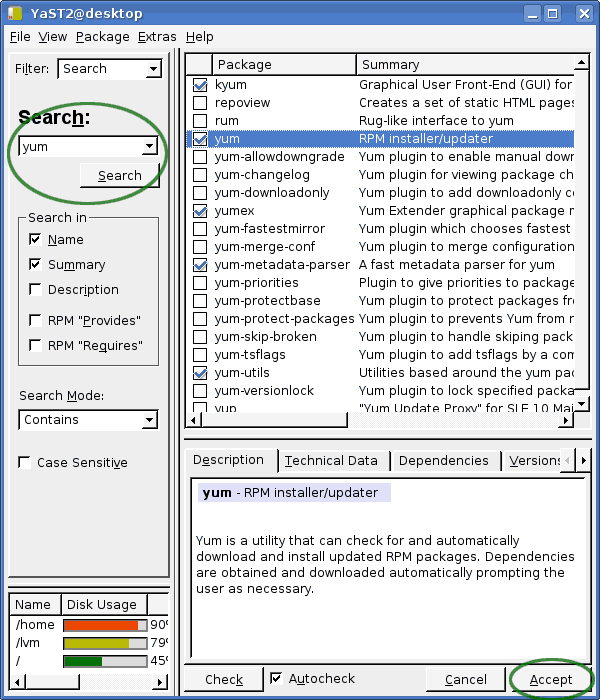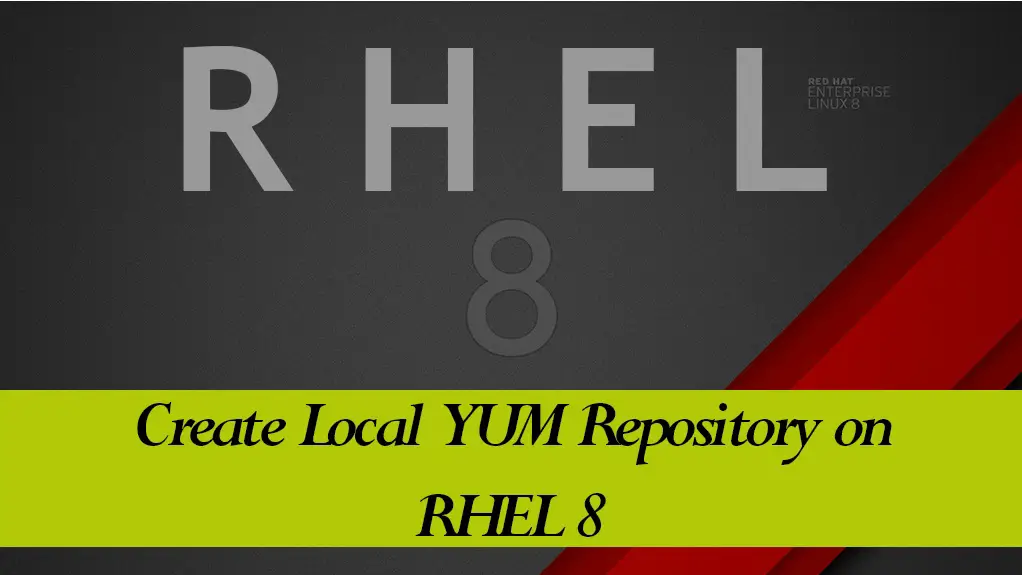

# vi /etc/fstabĪdd following directive in this file to auto-mount ISO file. Open /etc/fstab file by using vim text editor. To auto-mount your ISO file, you need to add a directive in /etc/fstab file. It is better to create the repo directory within Apache document root, so you can later publish this directory to the network for other Linux server in your Data Center. # ls ~Ĭreate a directory to mount the Rocky Linux ISO. We have copied the downloaded ISO file in the home directory of root user i.e. You can get it from Official website of Rocky Enterprise Software Foundation (RESF). # uname -rĬheck the already enabled yum repositories in your Linux operating system. Hostname - īy using a ssh client, connect with your as root user.Ĭheck the versions of your Linux Kernel and Linux operating system used in this tutorial.Operating System - Rocky Linux 9.0 (Blue Onyx).We are using a Rocky Linux 9 minimal server with following specifications. Here, we will show you the step by step process to setup a Rocky Linux 9 based Local yum repository. And then you can use this yum repository with all the Rocky Linux 9 servers in your Data Center. In such a scenario, you have to install individual software packages using rpm command and resolve the dependencies manually.Īlternatively, you can setup a local yum repository from ISO file.

Rocky Linux and other RPM based Linux distros, are delivered with standard yum repositories that serve software packages over the Internet.īut in some scenarios your are not able to connect your Linux server to the Internet, thus you cannot use the Linux package manager for software installation. What is the order of installation?ĥ- The dnf repoquery command also provides a different list.In this tutorial, you will learn how to create local yum repository from ISO in Rocky Linux 9.

Which of them should I install?Ĥ- It seems the list is sorted alphabetically. Where can I get it from?Ģ- Some packages are mentioned multiple times such as systemd-utilsģ- Some packages have multiple variations. I cannot understand some of the requirements:ġ- What is /etc/mime.types? I do not have such a file. It has several requirement: rpm -qpR httpd-2.4.86_64.rpm Then move it to server A and try installing it: rpm -i httpd-2.4.86_64.rpm On a different server where there is an access to the internet, which I call it server B, I download the package: wget The problem is that each RPM has dependencies. Let's say the target application is Apache. My target it to build a shell script file to install a specific version of a local RPM file for an application. I have a minimal CentOS server with no access to the internet.


 0 kommentar(er)
0 kommentar(er)
